10 Autumn Traditions That Don’t Really Fit Modern Life
The fall season brings with it a blend of time-honored traditions. Yet, not all of them seem to have the same relevance they once did. Some traditions, deeply rooted in history, might leave us scratching our heads today. Changing times and modern needs often make us rethink how we celebrate.
This post may contain affiliate links, which helps keep this content free. Please read our disclosure for more info.
Raking Leaves for Perfection
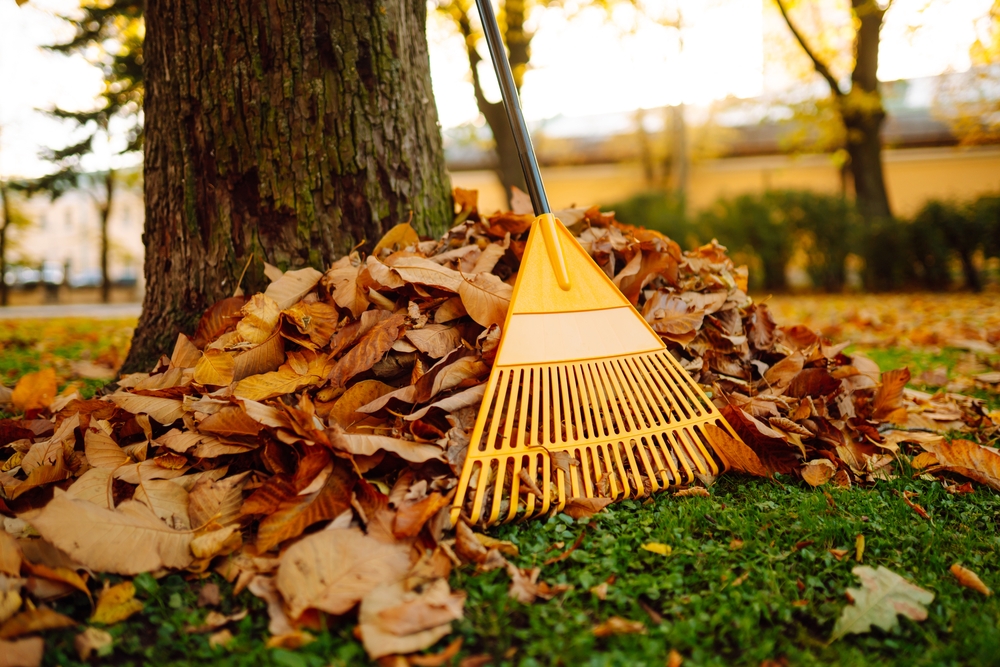
Raking leaves into perfectly neat piles was once considered a necessary fall task. Many people spent hours creating tidy lawns, even though the wind would just blow the leaves back in a few days. This tradition has become less relevant as we now understand that leaving the leaves can benefit the environment. Instead of being a chore, letting leaves decay naturally helps enrich the soil.
Today, there are better ways to handle fallen leaves, such as mulching them for compost or letting them stay as ground cover. These methods require less effort and are more eco-friendly. Plus, the time spent on leaf raking could be put to better use enjoying the season in other ways. Many are shifting their focus to less labor-intensive and more sustainable practices.
Carving Pumpkins with Sharp Knives
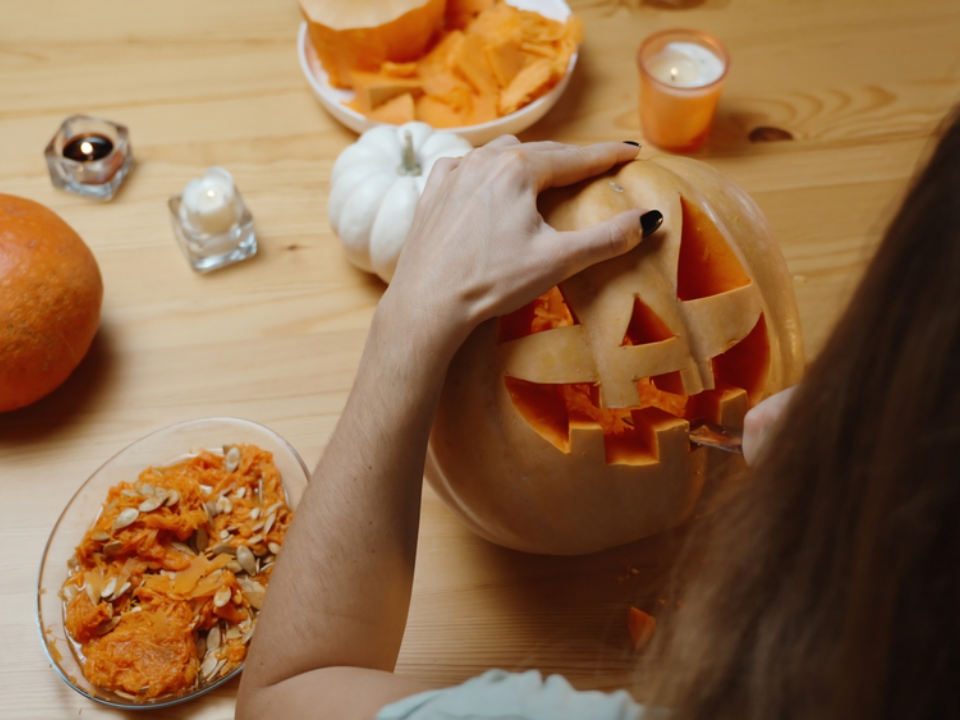
Carving pumpkins has long been a favorite fall tradition, but it can be a risky activity. Sharp knives and inexperienced hands often result in accidents, making it a less enjoyable experience for some. In recent years, safer alternatives like pumpkin carving kits or using markers have gained popularity. These alternatives are not only safer but also easier to clean up, leaving more time for fun.
Additionally, many people opt for reusable decorations like faux pumpkins that require no carving at all. With the growing awareness of environmental sustainability, disposable pumpkins that rot quickly are falling out of favor. The tradition remains fun, but safer and more lasting methods are taking its place.
Going Apple Picking Without Considering the Environmental Impact
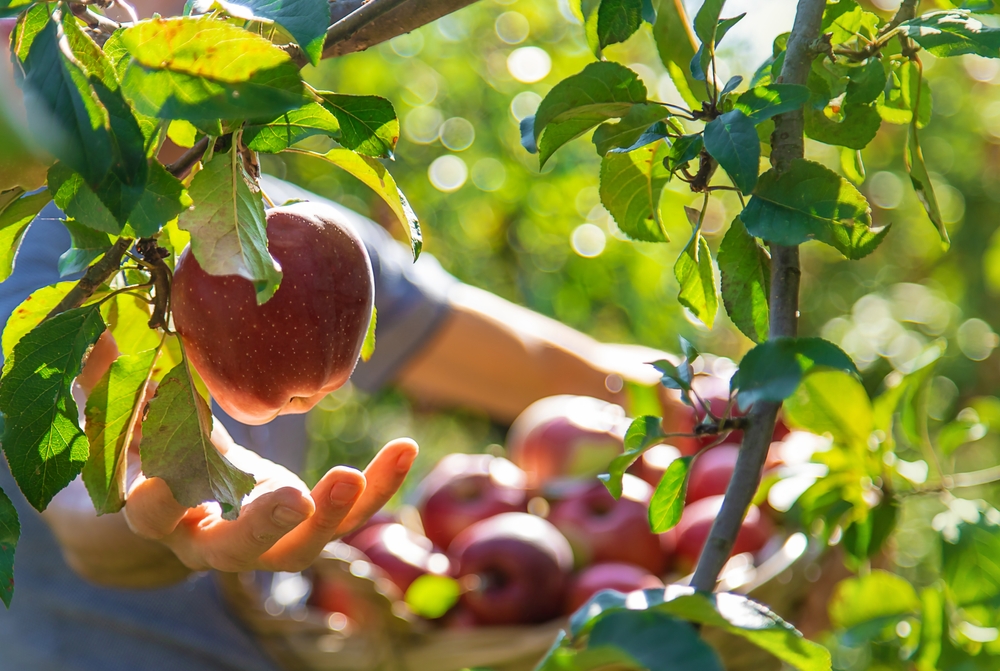
Apple picking is a classic fall activity that families enjoy, but it is often done without considering its environmental cost. Driving to orchards, especially those far away, can create unnecessary carbon emissions. This has led many to rethink the tradition in favor of more sustainable alternatives, such as buying apples locally from farmers’ markets.
Instead of traveling to orchards, some are choosing to grow their own apples or support local businesses that offer sustainable practices. This reduces the need for long trips and cuts down on the overall carbon footprint. The fun of apple picking can still be enjoyed without contributing to environmental damage.
Drinking Pumpkin Spice Lattes Every Fall
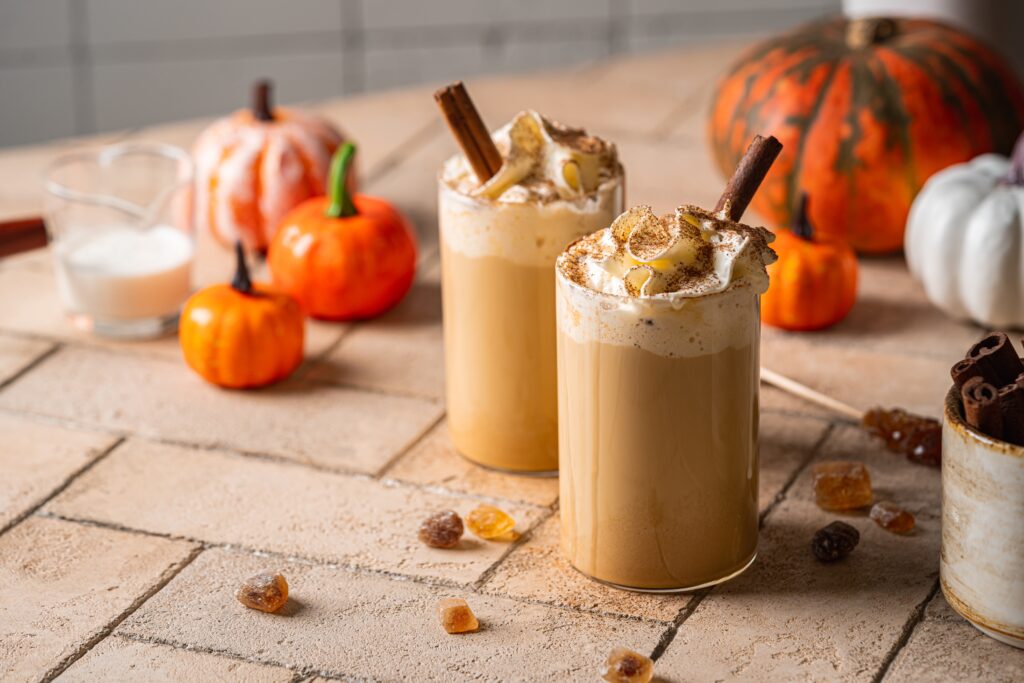
The pumpkin spice latte has become synonymous with fall, but its popularity has led to it becoming a commercialized, overdone tradition. Initially a seasonal treat, it is now available year-round, losing its special fall appeal. Furthermore, the excessive sugar and artificial ingredients often found in these drinks are at odds with growing health consciousness.
As more people turn to healthier alternatives, many are opting for homemade fall beverages made with real pumpkin and natural spices. These alternatives allow people to enjoy the flavors of fall without the extra sugar and chemicals. The tradition of sipping a pumpkin spice latte may still have its place, but it’s becoming less relevant as preferences shift.
Overloading on Candy for Trick-or-Treating
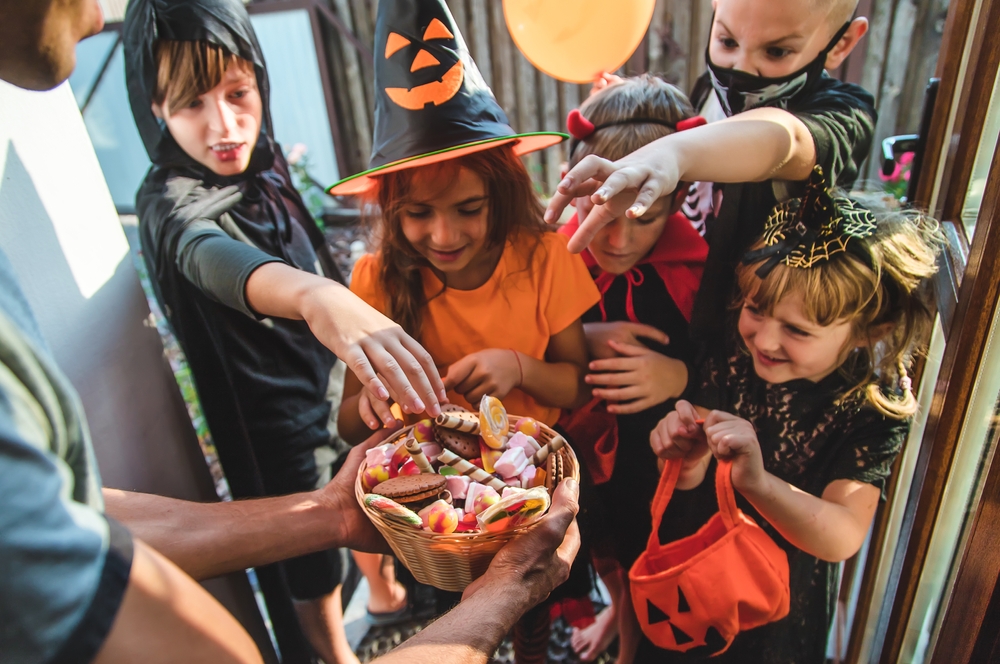
Trick-or-treating is one of the most beloved fall traditions, but the practice of handing out excessive amounts of candy raises concerns. Overloading children with sugar is not only unhealthy, but it also promotes waste. With growing awareness of childhood obesity and the environmental cost of plastic-wrapped treats, the tradition is starting to feel outdated.
In recent years, more people are opting for alternatives like giving out healthier snacks or non-food items such as stickers and small toys. This change reflects a broader shift toward health-consciousness and sustainability. By rethinking the amount and type of candy given, people can still enjoy the fun of trick-or-treating without the downsides.
Using Real Firewood for Indoor Fires
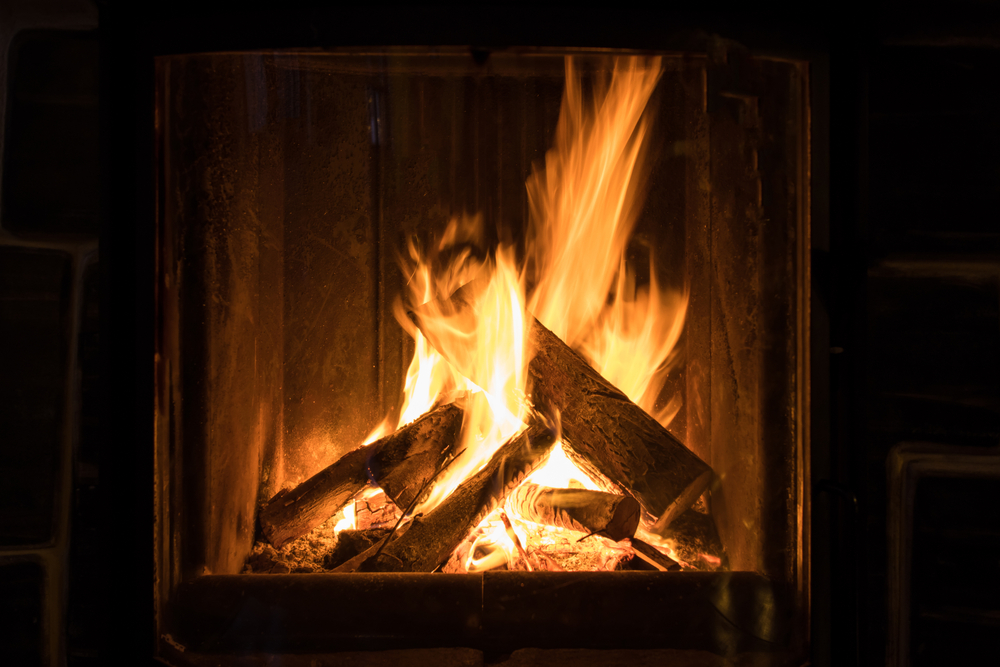
Building a fire in the fireplace is a cozy fall tradition, but burning real firewood has negative environmental consequences. The process releases harmful pollutants into the air and contributes to deforestation. With alternative options available, such as electric or gas-powered fireplaces, the tradition of burning wood is becoming less necessary.
Electric fireplaces offer the same warmth and atmosphere without the smoke and environmental impact. Moreover, they require less maintenance and are safer to operate. As people become more eco-conscious, choosing cleaner energy options is a more responsible way to enjoy the fall ambiance.
Hosting Massive Thanksgiving Dinners

The tradition of hosting large, elaborate Thanksgiving dinners is a beloved fall event, but it often leads to excessive food waste. With so much food prepared, a significant portion goes uneaten, contributing to unnecessary waste. Additionally, preparing for these meals requires considerable time, effort, and resources, making it a costly tradition to maintain.
Instead of extravagant feasts, smaller, more intimate gatherings are gaining popularity. Focusing on locally sourced and seasonal dishes reduces food waste and makes the meal more meaningful. People are also embracing potlucks, where everyone contributes, ensuring that there is no excess and fostering a sense of community.
Using Real Leaves for Fall Decorations

Decorating with real leaves is a charming fall tradition, but it does not always make sense anymore. Real leaves quickly wither and become brittle, requiring constant upkeep. Moreover, collecting them can damage local ecosystems, especially if leaves are removed from public spaces or private gardens unnecessarily.
Many now opt for artificial or preserved leaves that retain their color and texture year after year. These decorations are not only more durable but also provide a sustainable alternative to constantly gathering new leaves. As environmental awareness grows, this tradition is evolving into a more lasting and eco-friendly practice.
Visiting Haunted Houses for Thrills
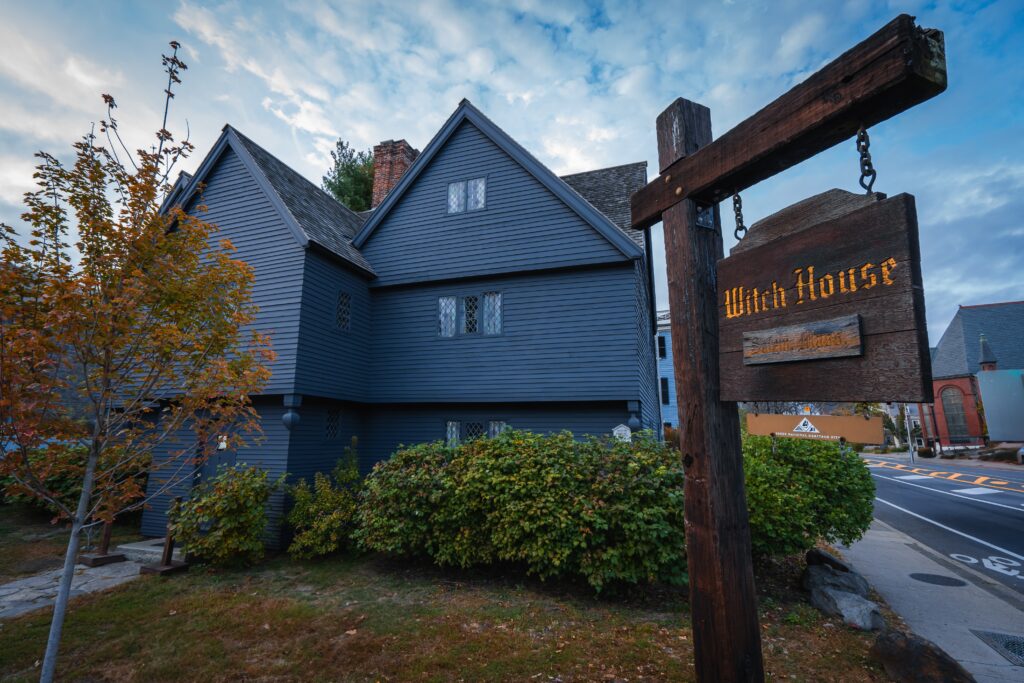
Haunted houses have been a staple of fall for many years, especially around Halloween, but the tradition is losing its luster. The repetitive nature of these attractions, combined with the rise of more immersive and unique experiences, has made them feel less exciting. Furthermore, many haunted houses are not as well-maintained as they once were, leading to subpar experiences.
Instead of traditional haunted houses, people are seeking out alternative thrill-seeking activities such as escape rooms or interactive horror experiences. These newer activities offer a fresh take on fear and excitement. As the demand for more engaging experiences grows, the classic haunted house may slowly fade into the background.
Going to Corn Mazes
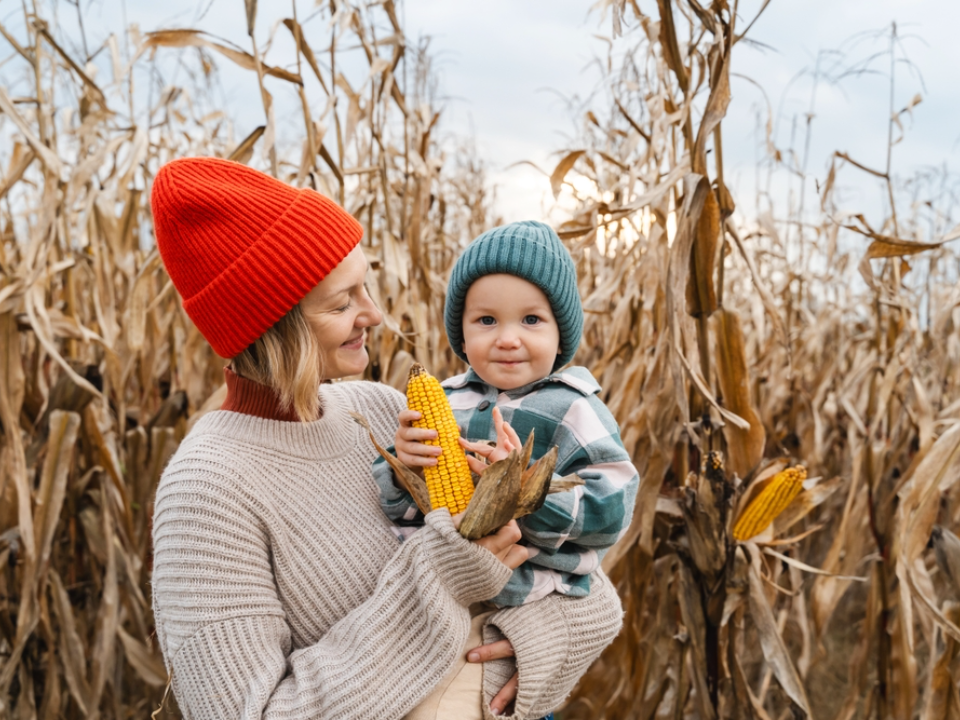
Corn mazes have long been a fall tradition for families, but they are becoming less relevant due to environmental concerns. Growing corn for the sole purpose of creating mazes can require large amounts of water, pesticides, and land use. Additionally, once the maze season ends, the corn is often discarded or left to rot.
More eco-conscious alternatives, such as visiting pumpkin patches or taking nature hikes, are gaining popularity. These options allow people to enjoy the fall atmosphere without the environmental toll that comes with maintaining large corn mazes. As sustainability becomes more of a priority, the traditional corn maze may become less common.
This article originally appeared on Avocadu.
